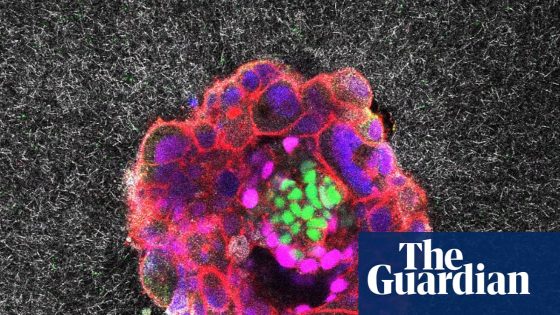A groundbreaking study has captured the intricate process of human embryo implantation in real time and in 3D footage. This significant advancement, revealed on 2025-08-15 22:01:00, showcases how embryos attach to the uterine lining, a crucial step in human reproduction.
- First real-time 3D footage of embryo implantation
- Synthetic uterus used for controlled observations
- Human embryos burrow into uterine tissue
- Study reveals invasive nature of implantation
- Differences between human and mouse embryo processes
- Findings may improve understanding of infertility
Researchers from the Institute for Bioengineering of Catalonia (IBEC), in collaboration with Dexeus University Hospital in Barcelona, utilized a synthetic uterus to observe this natural phenomenon. The findings could reshape our understanding of fertility and implantation.
This research raises critical questions about the implantation process. How do these findings inform our understanding of infertility? The study highlights several key points:
- Human embryos penetrate uterine tissue, unlike mouse embryos, which adhere to the surface.
- Embryos exert forces and release enzymes to break down surrounding tissue during implantation.
- Understanding these mechanisms could improve fertility treatments and reduce miscarriage rates.
As science progresses, this research opens new avenues for fertility treatments, emphasizing the importance of understanding the implantation process for future advancements in reproductive health.

































